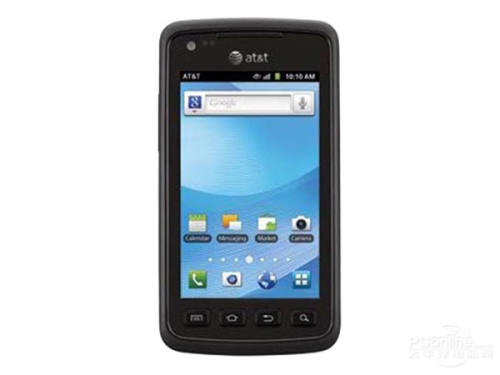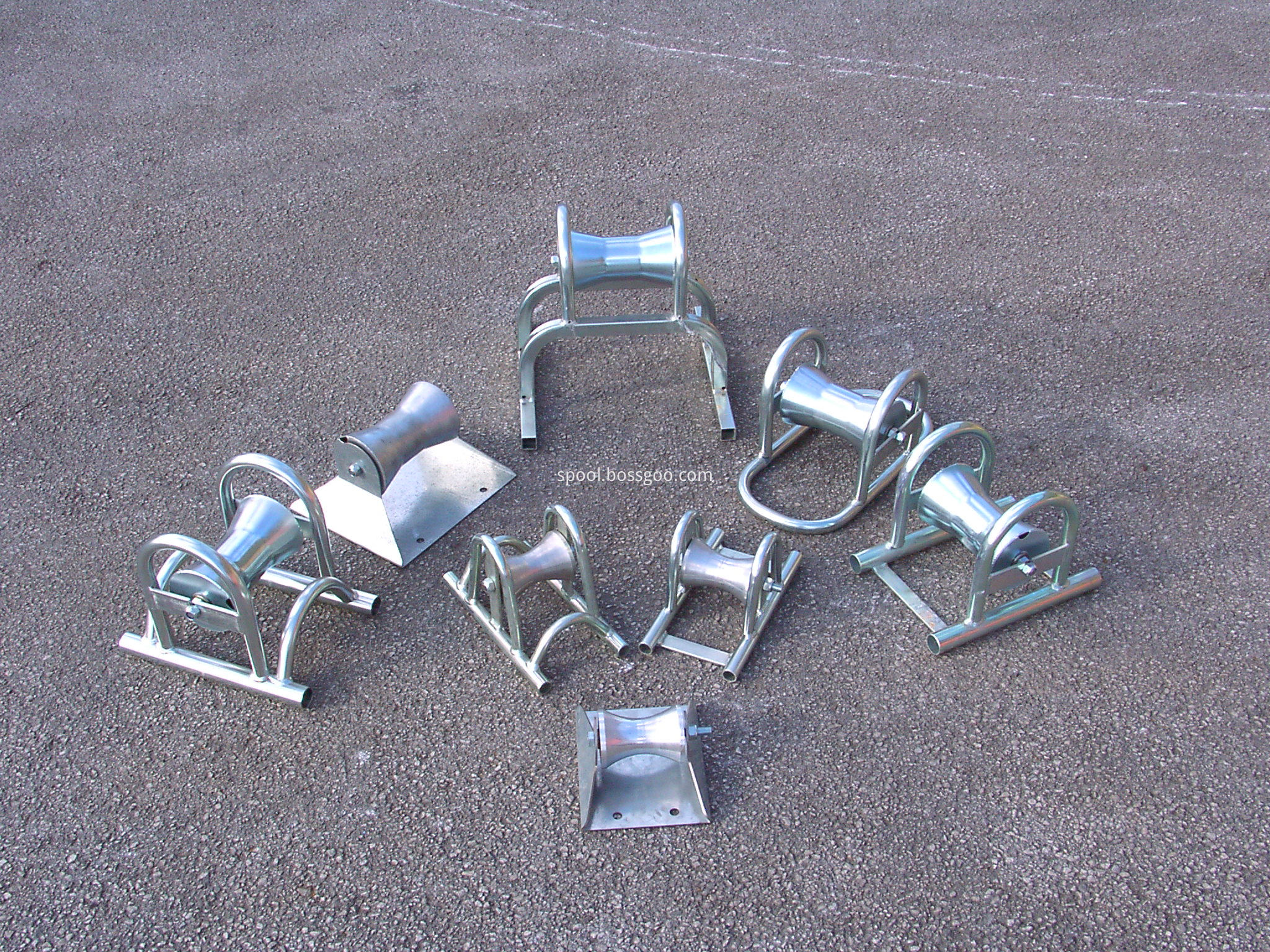 The TD-SCDMA system is a synchronous code division multiple access system proposed by China using time division duplex technology. One of the three major international standards of the third generation mobile communication system.
The TD-SCDMA system is a synchronous code division multiple access system proposed by China using time division duplex technology. One of the three major international standards of the third generation mobile communication system. TD-SCDMA System Networking In this scenario, the 3GPP R4 version of the all-IP core network will replace the GSM core network. Because the R4 version of the core network is backwards compatible, the original wireless subsystem will still be able to access the R4 version of the core network through the A/Gb interface.
Coverage The TD-SCDMA system satisfies coverage requirements in various coverage and propagation environments. Specifically, the TD-SCDMA system can provide coverage patterns for macro cells, micro cells, and pico cells, and can meet coverage requirements in wireless communication environments in dense urban areas, urban areas, rural areas, and rural areas.
The terminal moving speed TD-SCDMA system can meet the requirements for high speed mobile terminal conditions. From the analysis of the current simulation results, the system can still have better performance when the terminal's moving speed reaches 250Km/h. According to the results of the current field test, the system has good performance when the terminal's moving speed reaches 120Km/h (since the current test conditions limit, the terminal's maximum moving speed is 120Km/h). Therefore, the TD-SCDMA system is fully capable of meeting the conditions for independent networking of the system in terms of terminal moving speed.
TD-SCDMA and WCDMA network joint networking TD-SCDMA and WCDMA network sharing relationship In the 3GPP protocol standard, the difference between TD-SCDMA and WCDMA mainly exists in the UTRAN part, ie, the radio access network part, in the core network. There is no big difference. Therefore, the RNCs corresponding to TD-SCDMA and the RNCs of WCDMA are mostly the same in the high-level protocol processing process, and only a few protocol processes are different, but the difference between the RNC of TD-SCDMA and the RNC of WCDMA is relatively large in radio resource management. .
In the RNC Layer 2 protocols MAC, RLC, PDCP, BMC, and RRC, the UTRA TDD of TD-SCDMA and WCDMA is only slightly different in terms of MAC and RRC, mainly the random access process, physical channel configuration, uplink synchronization, and parameters thereof. Differences and differences in power control. There is no difference in the rest of the agreement. In terms of RNC Layer 3 protocols, UTRA TDD for TD-SCDMA and WCDMA does not differ on the Iu interface. There are some differences between the Iub and Iur interfaces (the protocol stack is the same, and the message and IE, and some data frame structures are different). The reason is that some processes and functions (NBAP\RNSAP in Iub and Iur) and some data frames (Iub\Iur UP) are related to the following physical layer specific to TD-SCDMA or different from UTRA TDD.
Features
1. In the cable laying process, it can support the cable and change the sliding friction into rolling friction between cable and support, which means it can reduce pulling force.
2. Straight pulling roller is used in the straight line segment of cable laying. Generally put one roller every 2-3 meter.
3, Corner pulling roller is used in the turning point of cable laying. The amount of corner pulling roller in the turning point is determined by the side pressure and cable bending radius.
Usually used in laying path of cable tray, well head, upper and down slope and control cable.
Notes: When operating, the roller should be fixed in ground or other supports.

Cable Roller,Corner Roller,Hoop Rollers,Cable Guide Rollers
NINGBO BEILUN TIAOYUE MACHINE CO., LTD. , https://www.spool-manufacturer.com